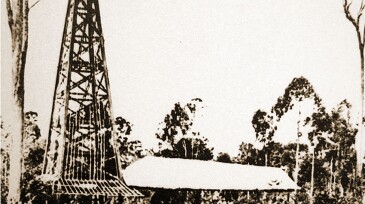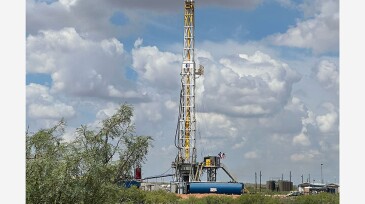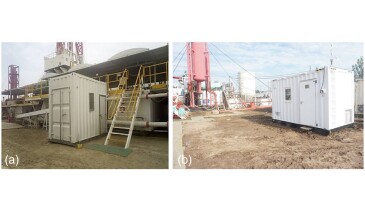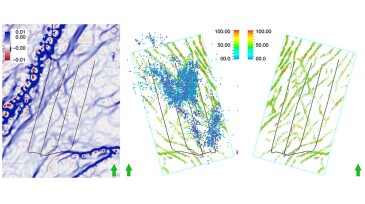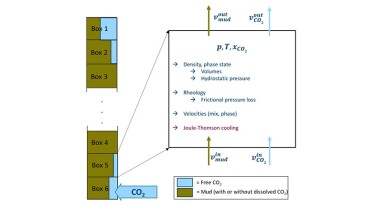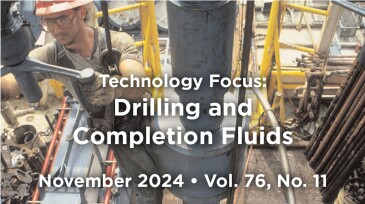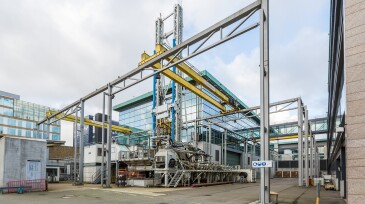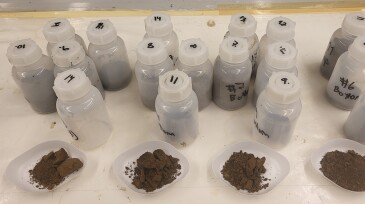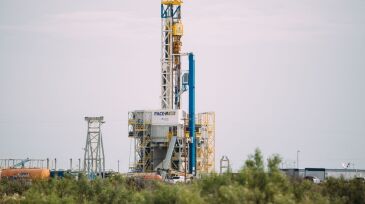Drilling
The discovery in the Kutei Basin offshore Indonesia is being considered for fast-track development.
The Gorgon Phase 3 project will counter declining reservoir pressure to sustain gas supplies to Western Australia’s domestic market and support LNG exports to Asia.
The capability of modern wellbore surveying to increase asset value through improved subsurface modeling and completion-equipment placement is being overlooked by managers of operating companies.
-
The birthplace of Royal Dutch Shell, Indonesia and Malaysia, buck trends and grow their gas and oil industries, expecting a record number of final investment decisions in the next 4 years in gas, deep water, and carbon capture projects to support Southeast Asia’s booming economic growth.
-
Technology uptake aimed at optimizing resources, delivering consistency, and augmenting what humans can do.
-
This paper highlights a new online system for monitoring drilling fluids, enabling intelligent control of drilling-fluid performance.
-
A proposed integrated workflow aims to guide prediction and mitigating solutions to reduce casing-deformation risks and improve stimulation efficiency.
-
This paper investigates the use of machine-learning techniques to forecast drilling-fluid gel strength.
-
This paper aims to close some of the many knowledge gaps that exist in the field of drilling CO₂ storage wells, a task that is expected to involve handling an influx of CO₂ into the drilling fluid.
-
This year’s primary selections for the Drilling and Completion Fluids Technology Focus reflect now-well-established industrywide emphases on machine learning, automation, and the achievement of successful drilling of CO₂ storage wells.
-
SponsoredTesting new drilling technology in a controlled and monitored environment before it is launched to its full extent in the field—that is what the Rijswijk Center for Sustainable Geo-energy is all about.
-
This case study investigates the reasoning behind the solidification of barite behind the casing with the aim of developing solutions for efficient casing removal and the potential use of settled barite as a barrier material.
-
Driller expects $370 million, all-stock transaction to close in early 2025.




